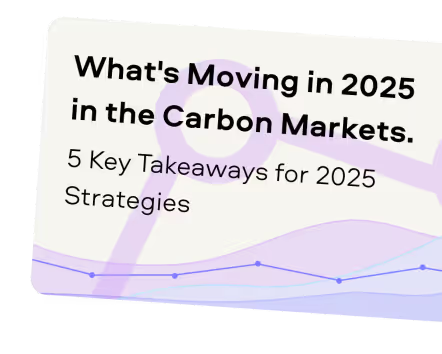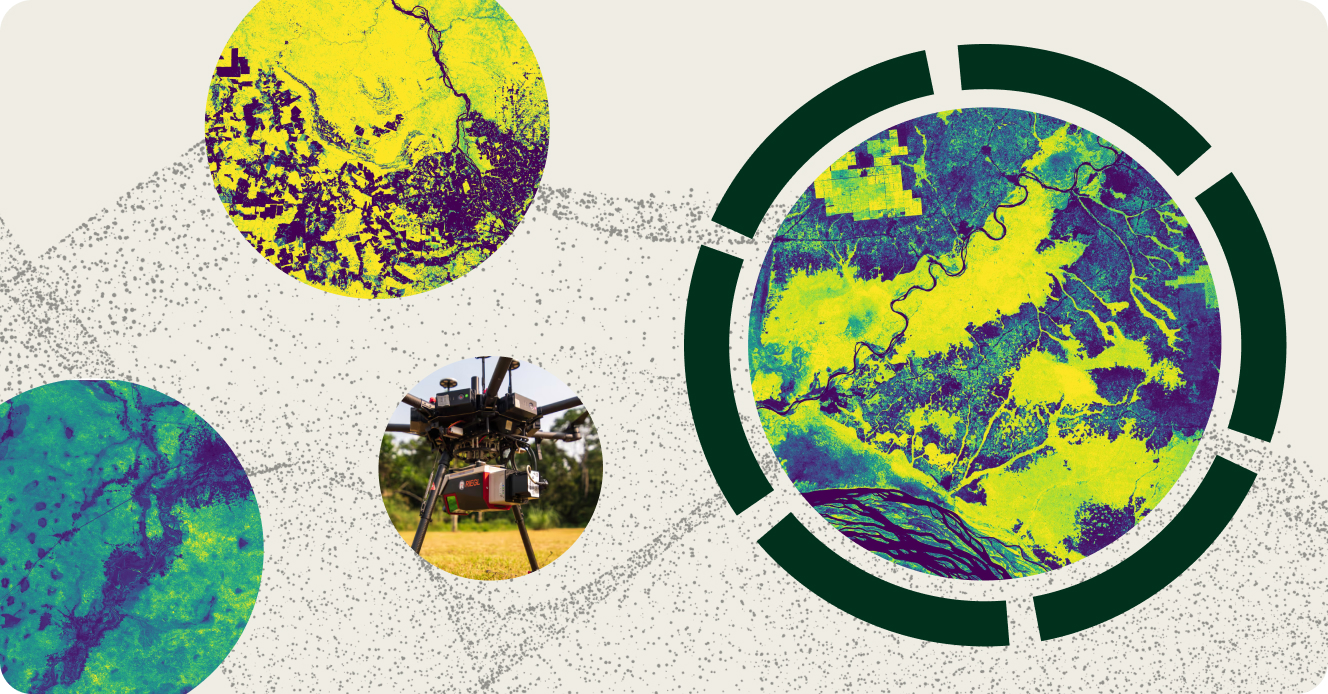「私たちは長年にわたり、信頼できる格付けの提供に注力し、現地データチームへの投資を重ねてきました。これにより当社の格付けの正確性は確保されていますが、購入者が検討している数千のプロジェクトにわたるスケールを実現することはできません。」
カーボンクレジット調達の最新動向について詳しくは、当社の記事「Key Takeaways for 2025」をご覧ください。調達戦略を改善するための、データに基づく5つのヒントをご紹介しています。

加えて:Connect to Supplyをご利用のお客様は、Sylveraのその他のツールもご利用いただけます。プロジェクトの格付け確認や強みの評価、高品質なカーボンクレジットの調達に加え、プロジェクトの進捗状況のモニタリング(特に発行前段階で投資している場合)も可能です。
Sylveraの無料デモを予約して、調達機能やレポーティング機能を体験しましょう。
2001年、温室効果ガスプロトコルは「企業会計報告基準」を発表しました。企業会計報告基準2001年、温室効果ガス・プロトコルは「企業会計報告基準」を発表。
この枠組みでは、温室効果ガスの排出量を3つのカテゴリーに分類しています:スコープ1、スコープ2、スコープ3です。排出量を3つのカテゴリーに分類することで、企業は排出量をより適切に把握し、パリ協定の目標である世界の気温上昇を1.5℃未満に抑えることができます。
炭素排出量の測定と追跡は、気候変動にプラスの影響を与えるための第一歩です。また、すべての組織がネット・ゼロを達成するための基本でもあります。この一歩を踏み出すために、リーダーは自社の温室効果ガス排出量を効果的に管理するために、バリューチェーン全体を見渡す必要があります。スコープ1、2、3の排出フレームワークは、排出源を特定し、このタスクを簡素化します。

スコープ1:直接排出
スコープ1とは、企業が自らの活動を通じて「直接」排出する温室効果ガスのこと。これには、企業が所有または管理する資産からの直接排出も含まれます。
例えば、製品を製造するための機械の稼動による排出、会社が所有する自動車の運転による排出、建物の暖房やコンピュータの電力供給による排出などです。
スコープ2:間接排出
スコープ2とは、組織が購入するエネルギーの生産によって生じる「間接的な」温室効果ガスの排出を指します。 例えば、事業施設用に発電された電力からの排出。
ソーラーパネルを設置したり、化石燃料で発電された電気を使わず再生可能エネルギーを調達したりすることで、企業のスコープ2排出量を削減することができます。
スコープ3:バリューチェーン排出量
また、間接的な排出とは、事業者自身によって生み出された排出ではなく、あらゆる企業のバリューチェーンに含まれる関係者によって生み出された排出のことです。
スコープ3は、以下による排出を対象としています:
- 供給者(会社に製品やサービスを供給する者)。これらは上流排出と呼ばれることもあります。
- 顧客(すなわち、企業が販売する製品/サービスを 購入し、使用する人々)。これらは、川下 排出と呼ばれることもあります。
スコープ3の排出量は、測定が最も難しいが、「ほぼ常に」大きな排出量でもあります。ほとんど常に"実際、上流と下流の排出量は、企業のカーボン・フットプリントの70%以上を占めることがよくあります。
例えば、より効率的なプロセスを採用したり、再生可能エネルギーを使用したり、電気自動車に切り替えたりすることで、企業がScope 1とScope 2の排出量をコントロールするのは簡単ですが、Scope 3の排出量を削減するのは困難です。
スコープ3の排出量目標を設定する目的のひとつは、企業がサプライヤーを選ぶ際に排出量を考慮するよう促すことです。企業がサプライチェーン全体に対して排出量削減を要求することで、サプライチェーン全体がより持続可能な事業活動を行うインセンティブを得ることができます。
スコープ1、2、3排出量の追跡調査の重要性
スコープ1、スコープ2、スコープ3の排出量を追跡するには、時間もお金も労力もかかります。しかし、なぜそうするのでしょうか。そうすることで、企業の二酸化炭素排出量を削減することができます。
信頼性の向上
環境データを提供することは、貴社が温室効果ガス排出量の削減に取り組んでいることを示す素晴らしい方法であり、消費者や株主が貴社の進捗状況を把握し、説明責任を果たすことを可能にします。
投資家の信頼強化
2022年、130兆ドル以上の資産を運用し、気候変動に関連するリスクへの認識が高まっている投資家グループは、1万社以上の企業に対し、CDPへの環境データの提供を求める文書を送付しました。これは、資金運用担当者が、企業の取締役会のパフォーマンスを分析するために、気候変動、生物多様性、水の安全保障に関するより良い情報を求めているためです。簡単に言えば、投資家は排出インベントリー・データへのアクセスを求めているのです。
リスク軽減の確保
スコープ1、2、3の排出量を測定するようリーダーに指導することは、資源の露出、エネルギー、気候変動リスクに対処する上で極めて重要です。これらの要因の影響を理解することは、組織が十分な情報を得た上で意思決定を行い、持続可能な未来に向けて行動を起こすのに役立ちます。
コンプライアンス
また、近い将来、すべての産業で排出量追跡が義務化される予定です。2023年末、カリフォルニア州議会は「気候変動企業データ説明責任法」を可決し、州内で事業を行う年間売上10億ドル以上の公的・民間企業に対し、スコープ1、2、3を含む排出量の開示を義務付ける予定です。「2027年以降、企業はいわゆるスコープ3の炭素排出量を報告する必要があります。世界中の他の管轄区域もこれに続くでしょう。これらの新しい規制を先取りすることは、組織の収益にとって不可欠です。
炭素排出量の追跡、気候変動との闘い
温室効果ガスの排出を管理することは困難です。スコープ1、2、3排出量の枠組みは、ネットゼロ目標への明確な道筋を示すと同時に、その作業を容易にします。
Sylvera この分野でもお役に立ちます。Sylveraのプラットフォームは、炭素データの信頼できる情報源であり、広範なプロジェクトカタログや独立した格付け、企業が真の気候変動対策に投資できるようにするほか、価値の高い炭素クレジットの調達やパフォーマンスのモニタリングも可能にします。今すぐデモをご請求ください。















